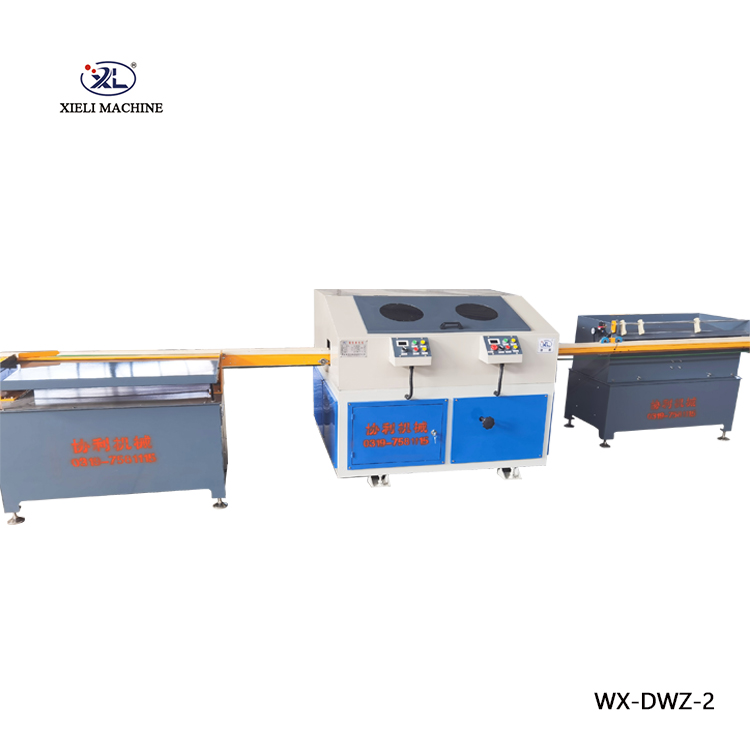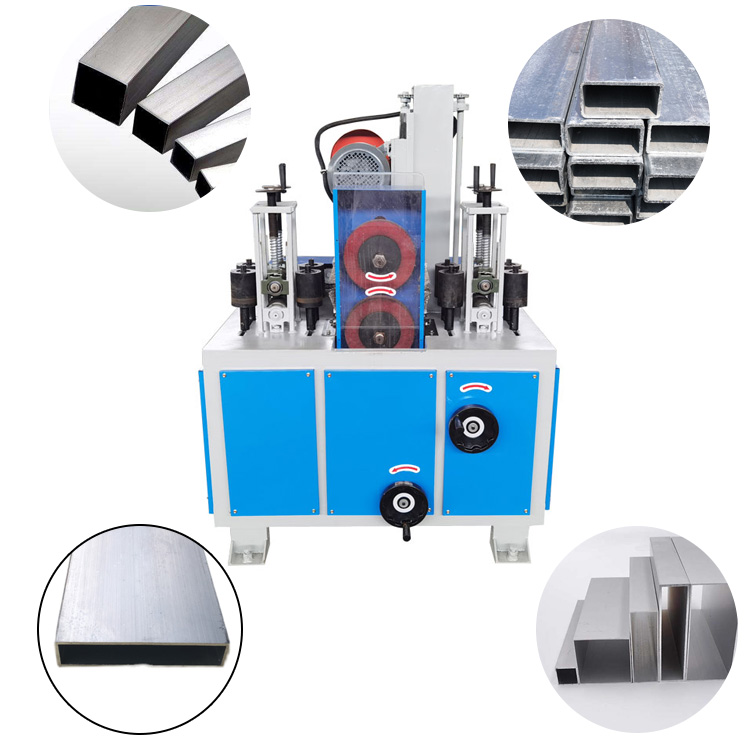Centerless grinding is a machining process used in the manufacturing industry to remove material from cylindrical surfaces without the need for a traditional center or support. Unlike other grinding methods that require the workpiece to be mounted on centers, centerless grinding is distinctive because the workpiece is supported by a blade and rotated by a regulating wheel while being ground by a grinding wheel. This article explores the working principle of centerless grinding, its benefits, applications, and various types.
In centerless grinding, the setup consists of three primary components: the grinding wheel, the regulating wheel, and the work rest blade. The grinding wheel is a rotating abrasive tool that removes material from the workpiece. The regulating wheel controls the speed and rotational direction of the workpiece, providing stability and guiding the workpiece through the grinding process. The work rest blade supports the workpiece during the grinding operation, maintaining its position and allowing it to move through the grinding machine at a constant speed.
The grinding wheel and the regulating wheel are usually positioned on opposite sides of the workpiece, with the work rest blade in between. The workpiece sits on the work rest blade and makes contact with both wheels. As the regulating wheel rotates, it pushes the workpiece against the grinding wheel, causing the grinding wheel to remove material from the workpiece's surface. The regulating wheel's angle and speed determine the workpiece's feed rate and direction.
One of the main advantages of centerless grinding is its ability to process large quantities of cylindrical workpieces efficiently. Since the workpiece does not require mounting or fixturing, the setup and changeover times are significantly reduced. This characteristic makes centerless grinding ideal for high-volume production runs, where consistency and efficiency are essential.
Another benefit of centerless grinding is its capability to achieve high levels of precision and accuracy. The regulating wheel's control over the workpiece's speed and direction ensures uniform material removal, resulting in a consistent finish. This precision is particularly valuable in industries such as automotive, aerospace, and medical devices, where tight tolerances are critical.
Centerless grinding is versatile and can be used to grind various materials, including metals, plastics, and ceramics. It is commonly employed in applications where complex shapes or small diameters need to be ground with precision. For example, in the automotive industry, centerless grinding is used to grind camshafts, crankshafts, and transmission components. In the medical industry, it is used to produce surgical instruments and other medical devices.
There are two main types of centerless grinding: through-feed and in-feed. In through-feed centerless grinding, the workpiece passes through the machine in a straight line, allowing for continuous grinding. This method is suitable for longer workpieces and high-volume production. In-feed centerless grinding, on the other hand, involves feeding the workpiece into the grinding machine to grind specific sections. This method is used for workpieces with complex shapes or varying diameters.
In conclusion, centerless grinding is a highly efficient and precise machining process that offers many advantages for high-volume production and applications requiring tight tolerances. With its unique setup involving a grinding wheel, a regulating wheel, and a work rest blade, centerless grinding can process a wide range of cylindrical workpieces with accuracy and speed. Its versatility makes it a valuable method in various industries, from automotive to medical devices.





